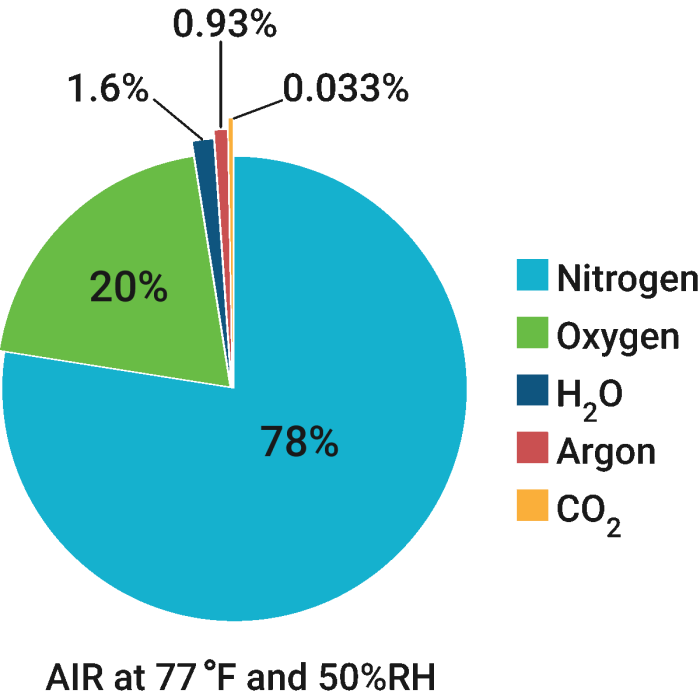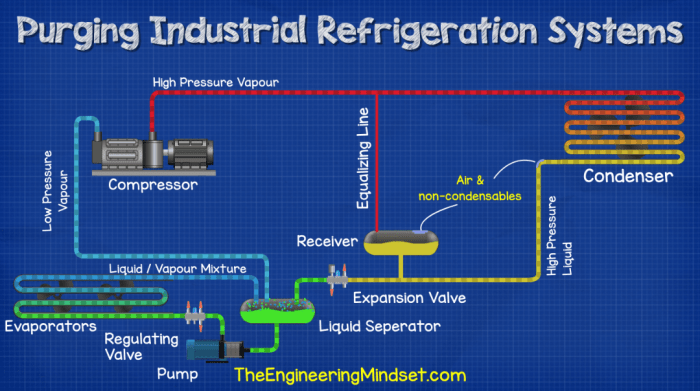Symptoms of non condensables in ac system – Symptoms of non-condensables in AC systems are often overlooked but can lead to severe damage and reduced efficiency. This guide delves into the causes, consequences, and effective removal methods for non-condensables, providing a comprehensive understanding for AC system maintenance and optimization.
Non-condensables, such as air and other gases, can accumulate in AC systems, hindering heat transfer and compromising system performance. Understanding the signs of their presence is crucial for timely intervention and system preservation.
Signs of Non-Condensables in AC Systems

Non-condensables are gases that do not condense at the operating pressures and temperatures of an air conditioning (AC) system. Their presence can significantly impact the system’s performance and efficiency. Understanding the signs of non-condensables in AC systems is crucial for timely detection and corrective action.
Role of Condensers in AC Systems
Condensers are essential components of AC systems responsible for converting refrigerant gas into a liquid. This process releases heat, which is then dissipated to the surrounding environment. Non-condensables interfere with this process, preventing the refrigerant from condensing effectively.
Symptoms of Non-Condensables in AC Systems
- Reduced cooling capacity:Non-condensables reduce the heat transfer efficiency of the condenser, leading to a decrease in cooling capacity.
- Increased head pressure:The presence of non-condensables increases the pressure in the high-pressure side of the system, potentially leading to premature component failure.
- Suction line frosting:Non-condensables can cause the suction line to frost, indicating insufficient refrigerant flow due to reduced condenser efficiency.
- Abnormal compressor noise:Non-condensables can cause unusual noises in the compressor, such as rattling or vibration.
- Increased energy consumption:The AC system works harder to overcome the reduced cooling capacity, resulting in higher energy consumption.
Causes of Non-Condensables in AC Systems, Symptoms of non condensables in ac system
- Air leaks:Air can enter the system through leaks in refrigerant lines, fittings, or seals, becoming non-condensable gas.
- Improper evacuation:Incomplete evacuation of the system during installation or servicing can leave behind non-condensable gases.
- Contaminated refrigerant:Refrigerant can become contaminated with non-condensable gases during manufacturing, handling, or storage.
- Chemical reactions:Certain chemicals used in the AC system, such as compressor lubricants, can react with refrigerant and produce non-condensable gases.
Frequently Asked Questions: Symptoms Of Non Condensables In Ac System
What are the common signs of non-condensables in AC systems?
Reduced cooling capacity, increased noise levels, higher energy consumption, and premature compressor failure are all potential indicators of non-condensables.
How can I remove non-condensables from my AC system?
A vacuum pump is typically used to purge non-condensables from the system. The process involves connecting the pump to the AC unit and evacuating the refrigerant and non-condensables.
What are the consequences of ignoring non-condensables in AC systems?
Ignoring non-condensables can lead to reduced cooling efficiency, increased energy consumption, premature component failure, and poor indoor air quality due to reduced refrigerant circulation.

